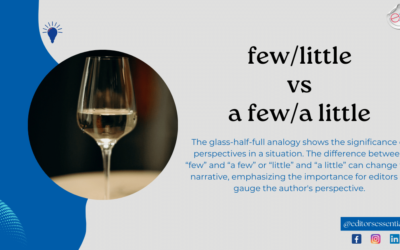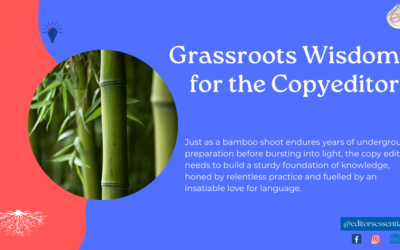I confess – I learnt endashes and emdashes only after I became a copy editor. In my previous post, “I have wondered what difference will it make when a reader sees an en dash.” For very long, I doubted if there is any reader – OK, when I say any, I meant any reader who has not published yet (and hence has not come across dashes) – who distinguishes hyphens, endashes, and emdashes. While they may not know these dashes, they intuitively understand the usage of the dashes. They have seen them as two- or three-hyphens used from the typewriter era.
[For the uninitiated, endash equals the width of an uppercase N; you now know an em dash.]
Endashes and emdashes primarily function as parenthetical dashes. There are many other uses for them, which I’m not going to enumerate here. This post is focussed on endashes coming in to the aid of hyphens in compound adjectives. Hyphens are used to connect compound adjectives such as
a small-truck driver
with the implied meaning that the truck is small. Imagine if the hyphen is not missing:
a small truck driver
The driver may be small, not the truck. Now, you got the point. Consider
acid-synthesizing step
We can spice it up by replacing acid with amino acid, an open compound noun.
amino acid synthesizing step
The term “amino acid synthesizing” is the compound adjective, with “amino acid” modifying “synthesizing”. One way is to use hyphens everywhere as “amino-acid-synthesizing”. However, the custom says that we can leave well-known open compounds without hyphens, as in
amino acid-synthesizing step
It is here the endashes come into play. They replace hyphens here:
amino acid–synthesizing step
So, the use of endashes with open compounds in compound adjectives implies the following:
1. what is to the left of the endash is an open compound noun (so should be read as a unit)
2. that there is an invisible (invincible) hyphen that connects the (here) two words
With less-known open compounds, you may use either adjective for all or endash as we just saw. Some prefer to call the hyphens in the former “stacked hyphens”.




I guess there is a spelling mistake in the second paragraph.
Thank you. Corrected.